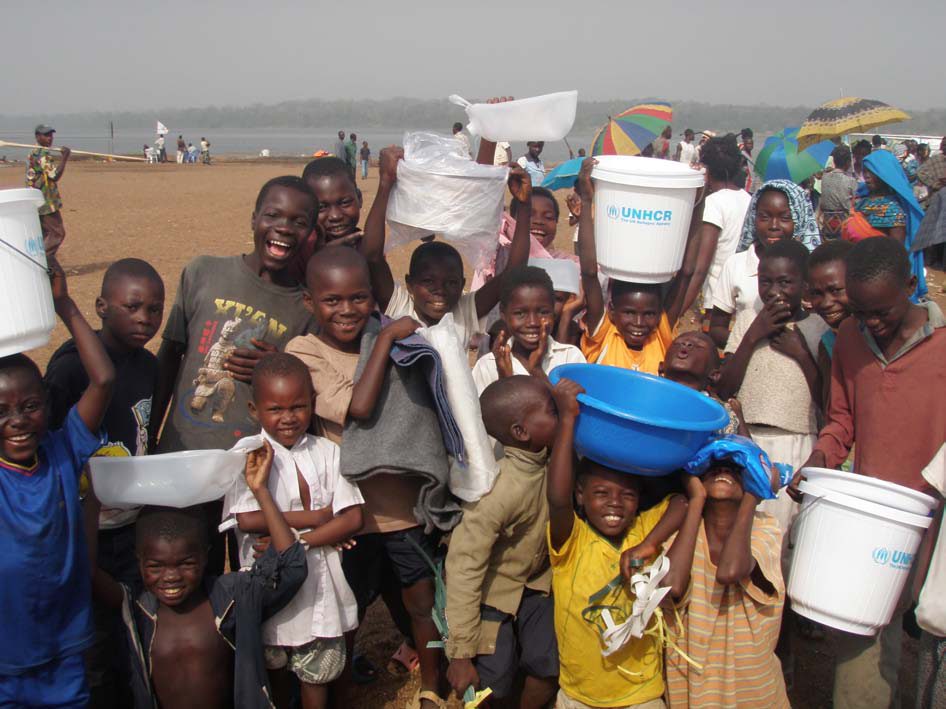Small emergencies in Africa combining into one budget problem
Small emergencies in Africa combining into one budget problem

GENEVA, March 5 (UNHCR) - Each influx seems relatively minor, but when added together UNHCR is seeing unexpected strains on its budget and operations as Somalis head to Ethiopia, people cross from the Central African Republic (CAR) to Chad and Congolese flee into two different countries.
While the UN refugee agency's country offices, with the support of Emergency Response Team deployments in each of these operations, have mounted excellent responses to these emergencies - which are overshadowed in the media by other crises - they have had to divert resources from their existing programmes and deplete stocks of non-food items.
Since late 2008, influxes from the Democratic Republic of the Congo have totalled a registered 10,000 refugees to South Sudan in the area around Yambio, an estimated 5,500 to the Yei area of South Sudan and an estimated 48,000 to Uganda. In addition, 7,200 people have been registered arriving in Chad from CAR and an estimated 10,000 Somalis have arrived in this new entry point in south-eastern Ethiopia.
"These emergencies, which may be perceived individually as quite manageable in view of their rather small scale, actually represent a considerable effort for the Africa Bureau if not helped with additional funding," said Mengesha Kebede, the bureau's deputy director for Sudan and Chad operations.
"Put altogether, these so-called 'small-scale' emergencies bring the number of new arrivals to more than 80,000 persons. And this number does not even take into account the new IDPs [internally displaced people] created by these crises," he added.
All the emergencies share key characteristics: they are relatively small-scale; they have emerged slowly with steady arrivals over months; they have occurred in remote locations that are difficult to reach and have no established UNHCR presence; and the initial response has come from existing resources at the expense of other planned activities.
In addition, all five situations are continuing and, depending on developments in the countries of origin, UNHCR must be prepared for the arrival of additional numbers. In each case, the refugees are unlikely to go home soon and will require care and maintenance for some time to come.
"Our response will require significant start-up investments to set up a UNHCR presence in very remote locations such as Dolo Ado in Ethiopia and Daha in Chad or to reopen an office in Yambio after it was closed only last year," said Kebede.
UNHCR will have to consider how to factor the extra refugee populations into planning for the 2010-2011 period that is about to start. But in the meantime the Africa Bureau will be presenting the immediate requirements for these unexpected emergencies to the Central Emergency Response Fund. This will include creation of posts and establishing offices, which can be very expensive to meet security standards.







